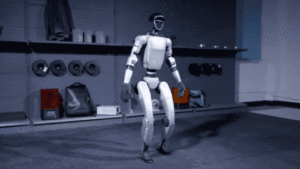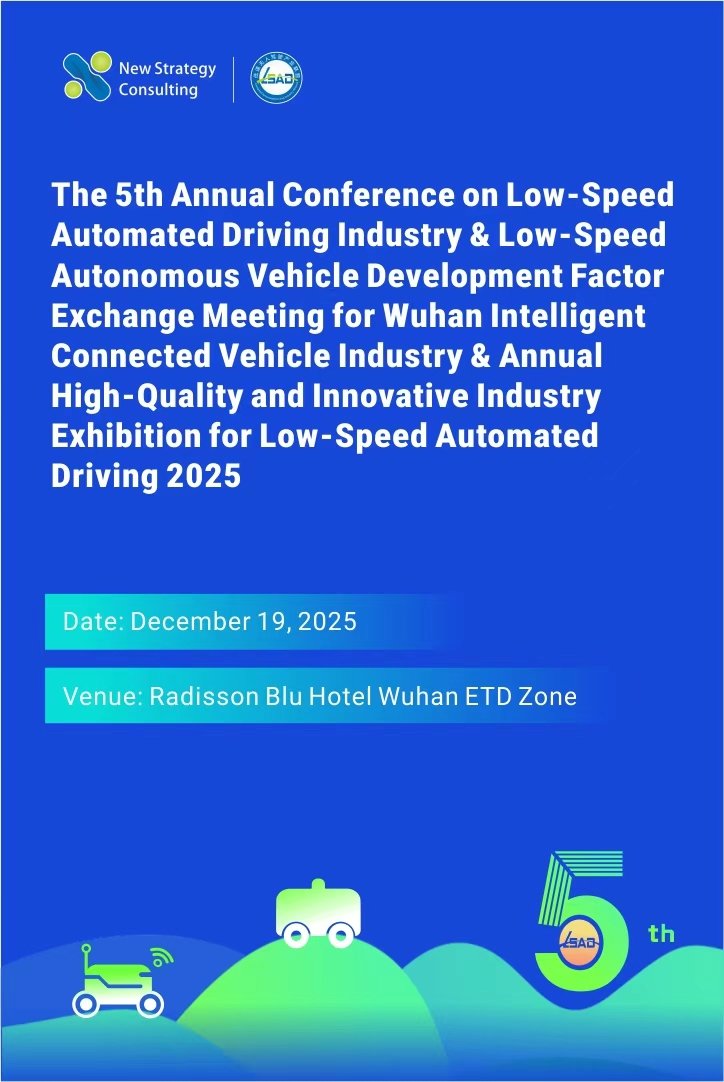On March 12, UBTECH Robotics, in collaboration with the Beijing Humanoid Robot Innovation Center (hereinafter referred to as the “Innovation Center”), launched the full-size scientific research and education humanoid robot TG Walker. Not only does it possess robust performance, but it is also priced at just 299,000 yuan, reshaping the scientific research and education ecosystem of humanoid robots with high cost – effectiveness. Currently, TG Walker is open for pre – orders and will start delivery in the second quarter.
UBTECH and the Innovation Center Unveil the Full – Size Scientific Research and Education Humanoid Robot – TG Walker
The first in the industry – a full – size scientific research and education humanoid robot under 300,000 yuan.
Integrating knowledge and technologies from numerous disciplinary fields such as machine learning, natural language processing, motion control, and neural networks, the value of humanoid robots in scientific research and education fields like artificial intelligence and embodied intelligence has been widely recognized by the industry, and their applications are showing a high – growth trend.

TG Walker will address the pain points in the current scientific research and education humanoid robot market, such as high prices and low levels of open – source availability.
To lower the application threshold of humanoid robots in scientific research and jointly cultivate original technologies in the field of embodied intelligence, UBTECH Robotics and the Innovation Center jointly launched the full – size scientific research and education humanoid robot platform – TG Walker, with a starting price of 299,000 yuan. It is the first scientific – research – grade humanoid robot within 300,000 yuan in the industry, featuring six advantages: high bionics, high strength, high performance, high stability, high expandability, and high openness.
TG Walker has a human – like height of 170 cm, a highly bionic torso configuration, and anthropomorphic motion control capabilities. It has as many as 20 degrees of freedom throughout the body and can stably run at a speed of 10 km/h. It also has motion functions such as stable movement on complex generalized terrains like slopes, steps, sand, and snow, and can resist impact and interference. In key parts, TG Walker uses titanium alloy materials to fully reduce the overall weight. Combined with high – torque – density joint modules, it ensures structural strength while being resistant to falls and impacts. The ultra – high – torque – density design, together with key components made of aviation aluminum and titanium alloy, enables lightweight design while ensuring that the robot has high – hardness, high – performance, and high – stability attributes, making it highly suitable for repeated equipment debugging in scientific research scenarios. TG Walker also adopts lightweight and high – performance joint modules, with a maximum expandable computing power of up to 550 TOPS. At the same time, the full – body air – duct heat – dissipation design ensures that key components such as the main control board, computing power board, and joint modules can operate at high performance for a long time without overheating, fully unleashing the hardware performance. Considering the needs of extensive research projects in the scientific research and education fields, the robot body of TG Walker can be freely expanded. It can be equipped with core components of humanoid robots such as depth cameras, lidars, NVIDIA Orin computing power boards, six – axis force sensors, seven – degree – of – freedom collaborative dual arms, and five – finger dexterous hands. In addition, TG Walker fully opens the underlying motor interface, sensor interface, and motion control interface, and is equipped with mature development guidelines and sample codes, which can fully meet the secondary development needs of scientific research users in fields such as embodied intelligence body control and high – precision motion control.

A Tens – Million – Yuan Fund to Facilitate Co – Research and Co – Creation of Humanoid Robots
In 2023, the Ministry of Industry and Information Technology issued the “Guidelines for the Innovative Development of Humanoid Robots”. As an initiator and general manager unit, UBTECH, at the end of 2023, jointly invested with 10 industry – leading enterprises and institutions, including Capital Engineering & Machinery Co., Ltd., Xiaomi Robotics, and Yizhuang Robotics, to establish the Beijing Humanoid Robot Innovation Center. Xiong Youjun, CTO and Executive Director of UBTECH, serves as the legal representative and general manager of the Innovation Center. In October 2024, the Beijing Humanoid Robot Innovation Center was officially upgraded to the “National – Local Co – built Embodied Intelligence Robot Innovation Center”. UBTECH Robotics has also established the “Humanoid Robot Scientific Research Co – Research and Co – Creation Fund”, with the first phase of the fund being 10 million yuan. Aiming to accelerate scientific research innovation and scenario innovation, it conducts the implementation of national and industry – level standards, projects, and competitions, targeting universities and research institutions at home and abroad.

UBTECH has established a humanoid robot scientific research co – research and co – creation fund with the first phase of 10 million yuan.
UBTECH has always been actively contributing its advantageous resources in the R & D and commercialization of humanoid robot technology. At the beginning of the establishment of the Innovation Center, UBTECH not only seconded R & D personnel to assist in launching multiple projects but also opened more than 300 patents to the Innovation Center, facilitating the rapid development of the general – purpose robot mother platform “TG”. This achieved the world’s first human – like running of a full – size pure – electric – drive humanoid robot, with a maximum speed exceeding 12 km/h. Its whole – body coordinated control and generalized movement capabilities lead the world, enabling stable movement on various complex generalized terrains such as slopes, stairs, grasslands, gravel, and sand. Currently, TG has undergone two iterations, achieving breakthroughs in embodied perception, embodied interaction, and embodied behavior capabilities, and possessing smooth hand – eye coordination and hand – eye interaction functions. This time, the Innovation Center has launched the general – purpose embodied intelligence platform – “Huisi Kaiwu”. Centered around “TG + Kaiwu”, it continuously promotes the implementation of embodied intelligence technology in scientific research, industry, commercial services, and special operations, generates datasets, and launches a full – link solution for embodied intelligence data. The scientific research innovation of humanoid robot – related technologies requires the continuous construction of the scientific research ecosystem by multiple forces, including academia, industry, the government, and open – source communities. In the future, UBTECH Robotics will cooperate with the Innovation Center and well – known domestic universities to jointly promote collaborative technological research in industry – university – research, the formulation of industry – standard systems, and the construction of talent reserves. It will also provide internship and employment opportunities for talents in related fields, providing the strongest impetus for the development of the humanoid robot industry.










